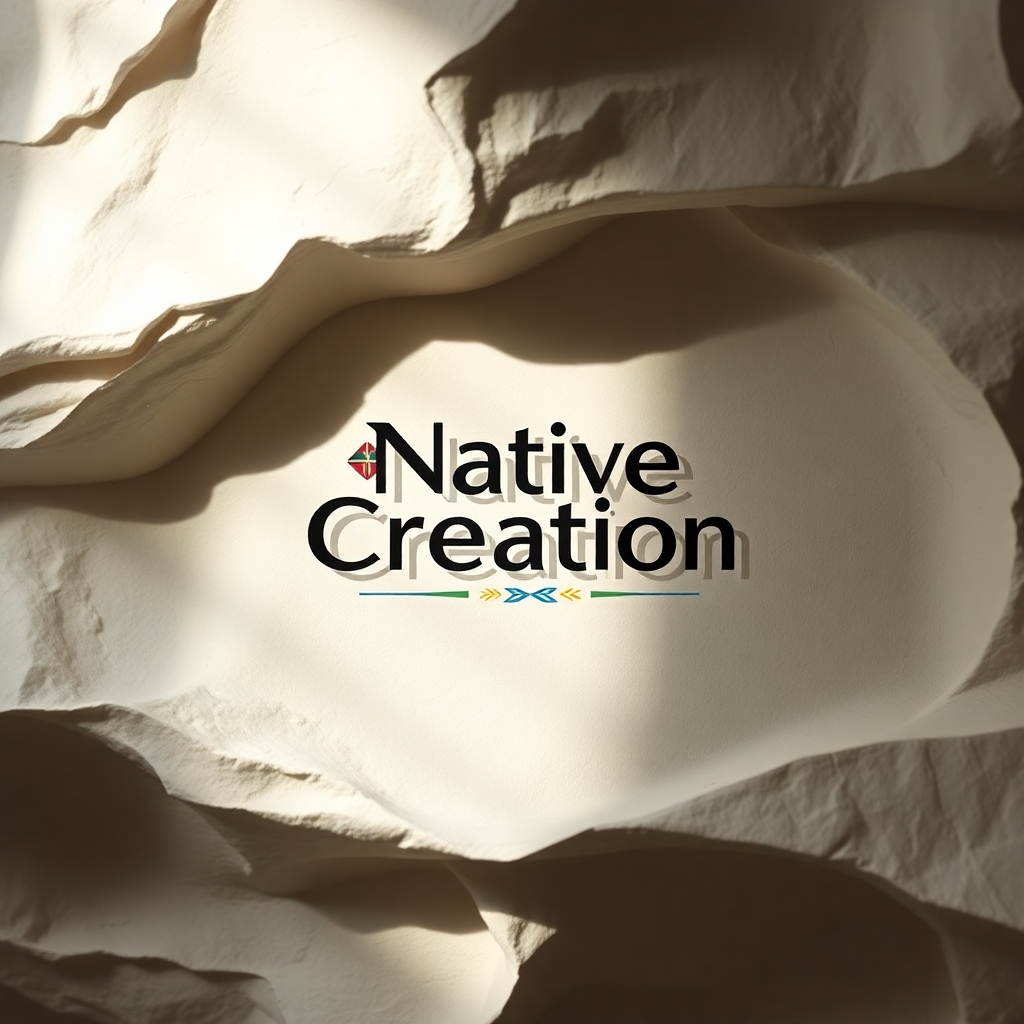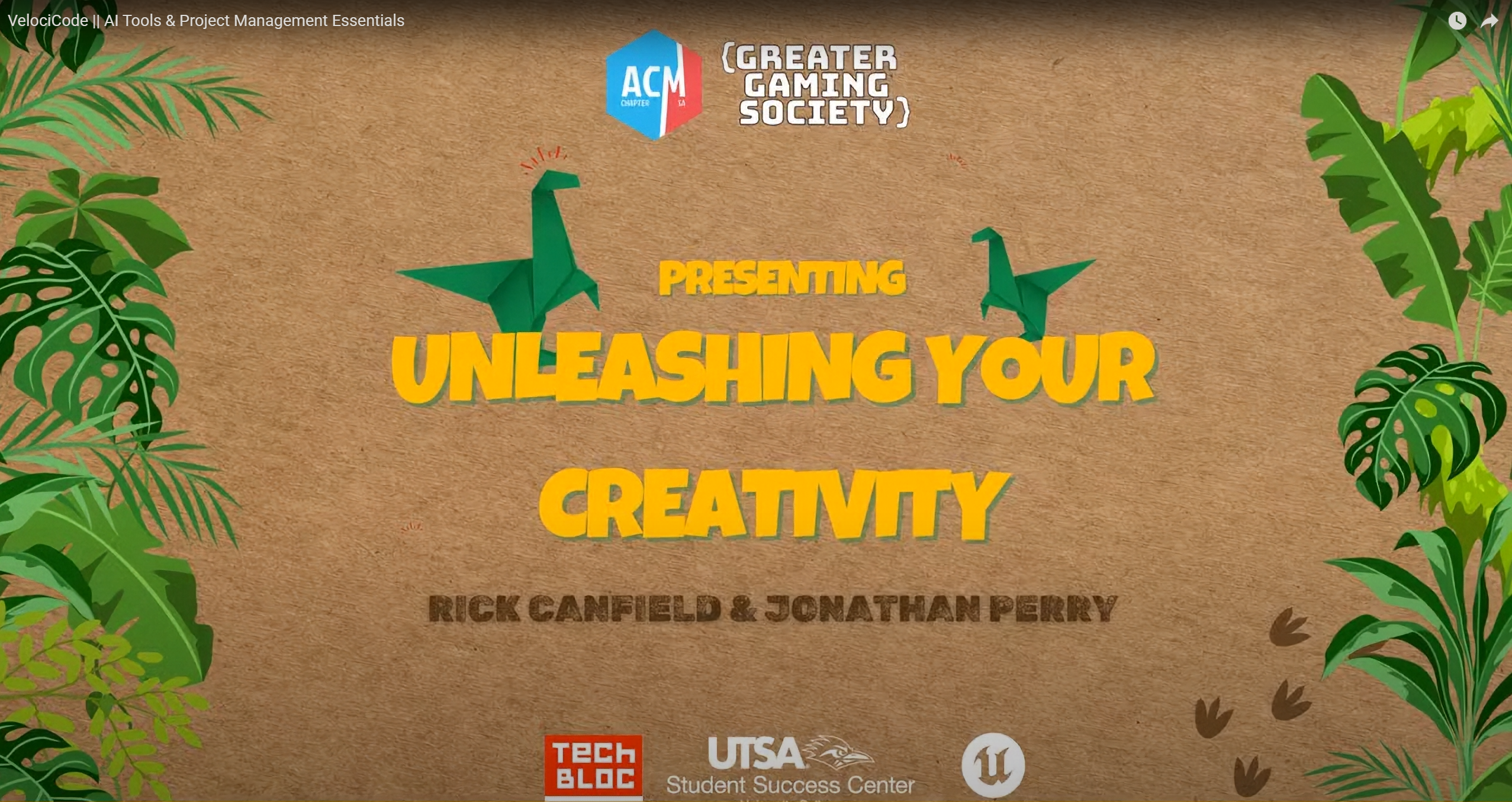Echoes on the Canyon Walls: Why the Pecos Rock Art is North America’s Oldest Grand Media
Before Gutenberg, before quill and parchment, before even the earliest known cuneiform tablets in Sumer, there were the canyon walls of the Lower Pecos River. Stretched across the dramatic limestone shelters of what is now Southwest Texas and Northern Mexico is an unparalleled artistic legacy: the Pecos River Style rock art.
These spectacular polychrome murals, dating back as far as 5,500 years ago, represent far more than mere primitive doodles. They are the oldest complex narrative media in North America, serving as giant, painted repositories of a vanished hunter-gatherer society’s deepest spiritual and cosmological beliefs.
This is the story of the White Shaman Mural and why it should redefine our understanding of communication and history on this continent.
The White Shaman: A Creation Story on Stone
The centerpiece of this artistic tradition is the White Shaman Panel, a mural spanning over 26 feet on a cliff face overlooking the Pecos River. For decades, archaeologists dismissed these dense, vivid figures—painted in black, red, yellow, and white—as random, drug-induced visions of shamans.
This consensus was shattered by the meticulous research of Dr. Carolyn Boyd and the Shumla Archaeological Research and Education Center, who proved otherwise:
- A Planned Narrative: Through scientific analysis of superimposed paint layers, Boyd’s team demonstrated that the White Shaman Panel was not a random accretion of images, but a single, carefully planned and executed mural composition.
- An Enduring Myth: By comparing the mural’s complex iconography (such as the five central anthropomorphic figures, serpents, and deer) with the recorded myths and rituals of later Uto-Aztecan-speaking peoples (like the ancient Aztecs and contemporary Huichol of Mexico), Boyd constructed a compelling interpretation. The mural is believed to be a visual text documenting the birth of the sun and the dawn of time—a creation narrative that has endured across thousands of years and hundreds of miles.
- The World on a Wall: The figures and symbols map out the ancient people’s cosmology: the layered universe of the overworld (sky), the earth, and the underworld. The mural was not merely for viewing; in the Indigenous worldview, these were active, sentient reservoirs of power used in ritual and spiritual journeying.
This sophisticated visual vocabulary elevates the Pecos River style to the status of an Archaic Codex—a monumental, complex religious text predating any known written record in North America.
Why the Pecos River Style is North America’s Oldest Media
The age, scale, and complexity of the Pecos River pictographs set them apart, establishing them as a foundational form of media.
| Characteristic | Significance for “Media” | Comparison |
| Age | Dating back over 5,500 years. | Predates Egyptian pyramids and the invention of writing in Sumer (c. 5,200 years ago). |
| Scale & Polish | Murals stretch over 100 feet long with figures up to 30 feet tall, requiring complex scaffolding. | Requires massive organization, skill, and time—a societal commitment to communication. |
| Endurance | The style was produced continuously for more than 4,000 years. | Represents the longest enduring art tradition with complex narratives in the Americas. |
| Function | Used as an instrument of identity, a map of the sacred landscape, and a communal narrative reservoir. | More than decoration; it was active cultural technology. |
These hunter-gatherers, once viewed as “primitive,” are now understood through their art as complex, deep thinkers who invested immense labor into communicating a shared, sophisticated ideological universe.
An Archaeology of Wonder
The rock art of the Lower Pecos forces us to reconsider what “history” looks like. It is a powerful reminder that complex societies and profound philosophical thought did not await the arrival of agriculture or written script.
By studying these magnificent walls, we are not just looking at pictures; we are hearing the echoes of North America’s oldest storytellers, granting us a truly embodied, priceless connection to the earliest media created on the continent.
- Echoes & Algorithms: Ethical AI in Media Production - October 28, 2025
- Creativity and AI Ethics: An Essential Toolkit for Game Dev Success - August 1, 2025
- Echoes on the Canyon Walls: Why the Pecos Rock Art is North America’s Oldest Grand Media - May 1, 2025





